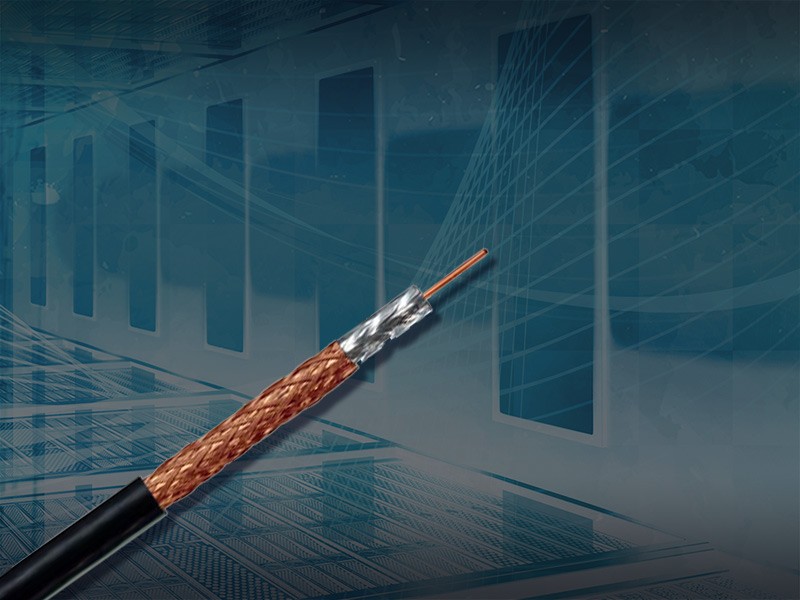
But what about Coax?
What about Coax? This question comes up often when we discuss GameChanger cabling for CCTV video distribution. In fact, the comparison between twisted pair cables in general compared to coaxial cables arises with respect to costs, bandwidth, Ethernet over Coax (EoC) devices, MoCA (Multimedia over Coax), replacing older coax solutions, and media selection decisions in general.
Traditionally coax was the media of choice for short and longer haul CCTV video transmissions as it breaks the 100m barrier (like GameChanger) but only at lower bandwidths. Coax traditionally enjoyed a reign as the media of choice for both CCTV and residential cable distributions. The bandwidth that can travel over the coax will depend on the length of the channel, the strength of the signal, etc. Sending just video over coax is probably the easiest transmission. However, today, just video is simply not enough for most enterprises. The need to pass Ethernet traffic is equally as important.
In order to have Ethernet over Coax, converters and the 100m rule are used. Generally, the coax fits into the long-haul port of the converter/transceiver, and a traditional patch cord is used to connect the transceiver to the end device. These transceiver devices run on average about $250 each for 10/100 and nearing $400 for Gigabit. Although these devices have gigabit ports on them, they do not actually extend a gigabit signal over the coax backbone (see MoCA below). The speed of the transmission decreases with length with the maximum speed generally around 144Mb/s over the coaxial link. One device is needed at the central location and one for each end device.
MoCa can be bonded (multiple channels together) to allow for gigabit transmissions over Coax. For full MoCA to work, one device is needed at the end point of each coax cable with an RJ45 category patch cord connecting the end device. In order to receive a full gigabit signal over MoCA, one needs a bonded 2.0 adapter. These are popular in residential applications where coax has already been distributed. Each MoCA capable adapter requires a power connection to AC power which increases the cost of the channel compared to a PoE link over twisted pairs.
When AC power is required, an AC power point must be installed the cost of which can range from $200-$800 with the average being about $350 for a simple install. Alternatively, an additional power carrying pair on a Siamese Coax/18-2 cable can be used. In this scenario, the termination time is slightly longer due to the fact that both the coax and the 18/2 or power carrying cable must be terminated. Should either side of this cable have a fault, either the entire cable must be replaced, or the failing media side must be replaced and terminated. The additional cable width may be impossible to accommodate in the conduit or pathway provided. The power is limited by the conductor size and code requirements.
A PoE switch can be used for Ethernet and power natively over category twisted pair without additional hardware for 100m configurations. For GameChanger, the distances supported are 850’ for 10Mb/s Ethernet and 656’ (200m) for 1Gb/s without any additional devices. One simply needs the switch supplying power and the device that uses it transmitting Ethernet and PoE over the same cable.
The same is not true for coax communications that need PoE. PoC (Power over Coax) adapters are available, although many varieties are active meaning that they require a power connection. The bandwidth at 200m is still only 100Mb/s as opposed to Gigabit with GameChanger. But more notable is the power limitations with many of these devices.
GameChanger can fully support all classes/types of PoE over the full 200m. This makes features like PTZ (pan, tilt, and zoom) available to the end device without having to include an AC power point at the end of the channel or additional transceivers in the channel. For PoE voltage loss charts, click here. The charts show full support for all types and classes of PoE using GameChanger.
For a dollar and cents comparison based on MSRP at 850’ and 656’ contrasting the cost of the coax, transceivers and installed AC power connections the GameChanger is less expensive on a job than the equivalent coax with adapters and AC connections. The GameChanger cable is slightly more expensive, but the overall complexity, risk, and points of failure are reduced to endpoints as opposed to every 100m (328’) with Ethernet over Coax.
| Extenders and AC Power | Extenders Only | GameChanger w/ PoE+ | |
| 10Mb/s 850’ (259m) | $1,336.45 | $586.45 | $429.00 |
| Gb/s 656’ (200m) | $1,731.71 | $981.17 | $328.00 |
We acknowledge that there is a wide variety of adapters, pricing, and quality. Likewise, there are distance limits based upon the switch launch power and wire gauge configurations. The numbers above are based on the average price of equipment, $250 per AC power outlet, and average transceiver prices as available at the time of writing.

